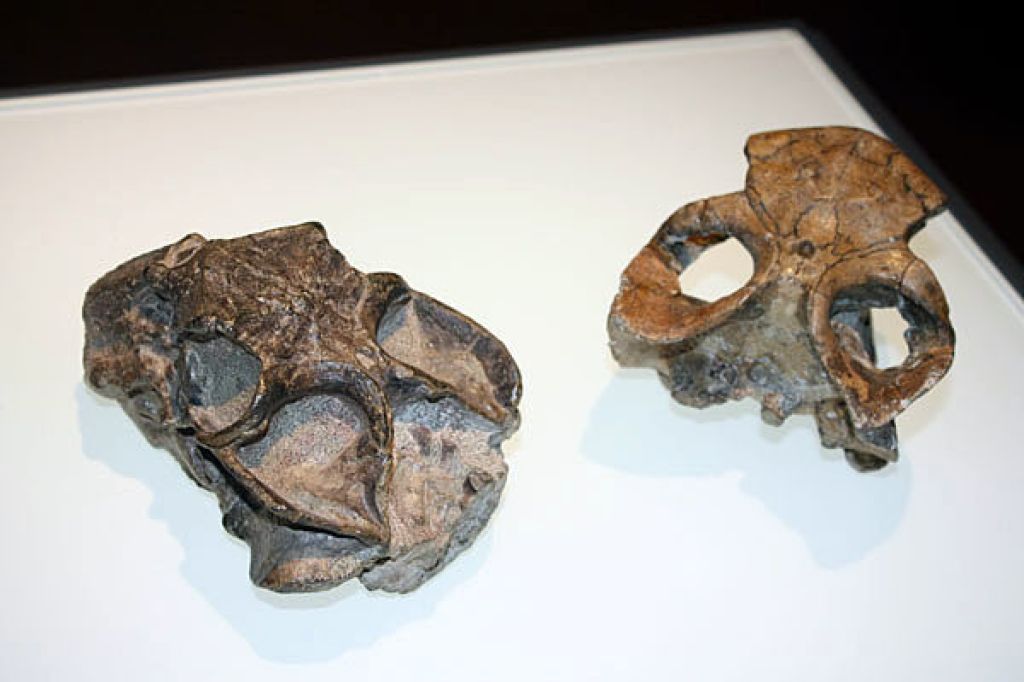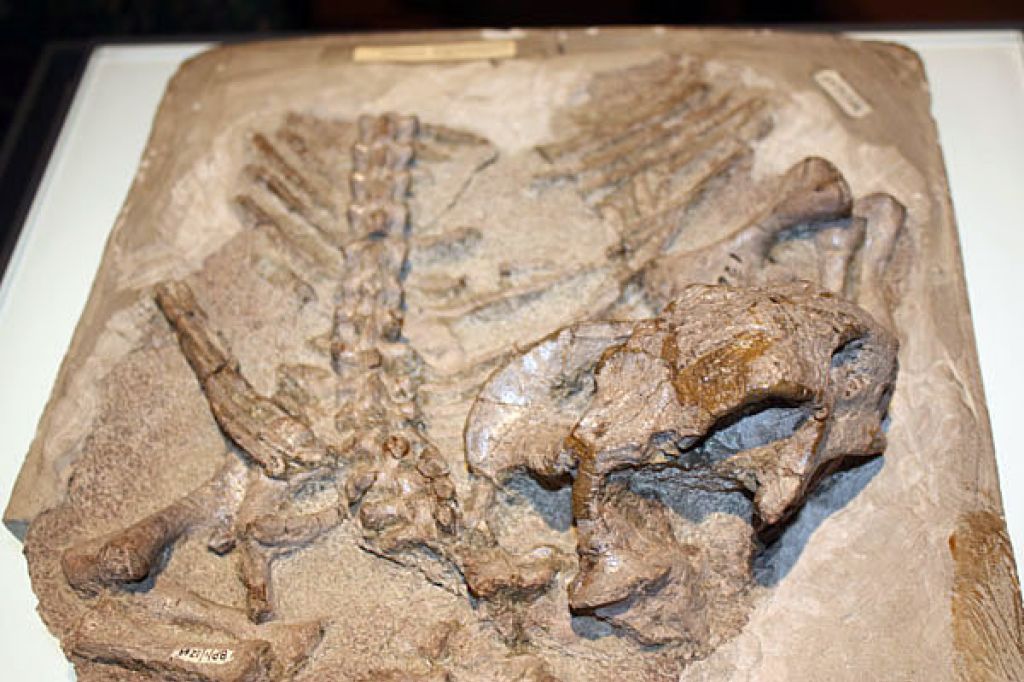FIFA, fossils and former Gondwanaland: what’s the missing link?

By Juliet King
Is there a correlation between fossils and the 2010 FIFA World Cup™? Absolutely, suggests Lindsay Marshall, curator of Maropeng.
She explains that the land masses of the modern Southern Hemisphere were once joined in a “supercontinent” called Gondwana.
“The evidence is irrefutable”, adds Dr Bernhard Zipfel, a palaeoanthroplogist from the University of the Witwatersrand. “Faunal and floral [fossil] evidence tells us that the continents were once together,” he explains.
So what’s the link between fossils from across Gondwana and the 2010 FIFA World Cup™? Marshall explains, “The world was together at one time and we are coming together again.”
In that case, there isn’t a better time to launch an exhibition of Gondwanan fossils at Maropeng than the 2010 FIFA World Cup™!
From June 9, a collection of priceless fossils from the former Gondwana land mass, but which have been discovered in as diverse modern places such as Africa, South America and the Indian subcontinent, will be on display at Maropeng.
Among the fossils displayed are a partial skeleton of a Lystrosaurus, or “shovel lizard” and the skull of a Cynognathus, a “mammal-like” reptile that has been likened to the modern wolf, according to Encyclopaedia Britannica online.
Alex Parkinson, a postgraduate student at Wits University who specialises in palaeontology, emphasises the significance of the exhibition, saying, “It shows just how rich South Africa’s fossil history is.”
South Africa – and the Cradle of Humankind in particular – is well known for its wealth in fossils. Many important discoveries have been made in the area, including that of the Australopithecus sediba fossils, “Little Foot” and “Mrs Ples”.
The world’s introduction to the sediba fossils has prompted a growth in the interest of other fossils, including those found in the former Gondwana land masses.
These invaluable fossils play an important role in our understanding of the Earth and ought not to be missed.
The Gondwanan fossils will be on display at Maropeng for the duration of the 2010 FIFA World Cup™ and will remain there until the end of July.
From June 11, visitors to Maropeng will be able to view the Gondwanan fossils and the female Australopithecus sediba fossil, found in 2008 in the Cradle of Humankind.
Read more about Gondwana and the formation of the Earth in Maropeng’s online exhibition guide.
A selection of Gondwanan fossils on display at Maropeng


